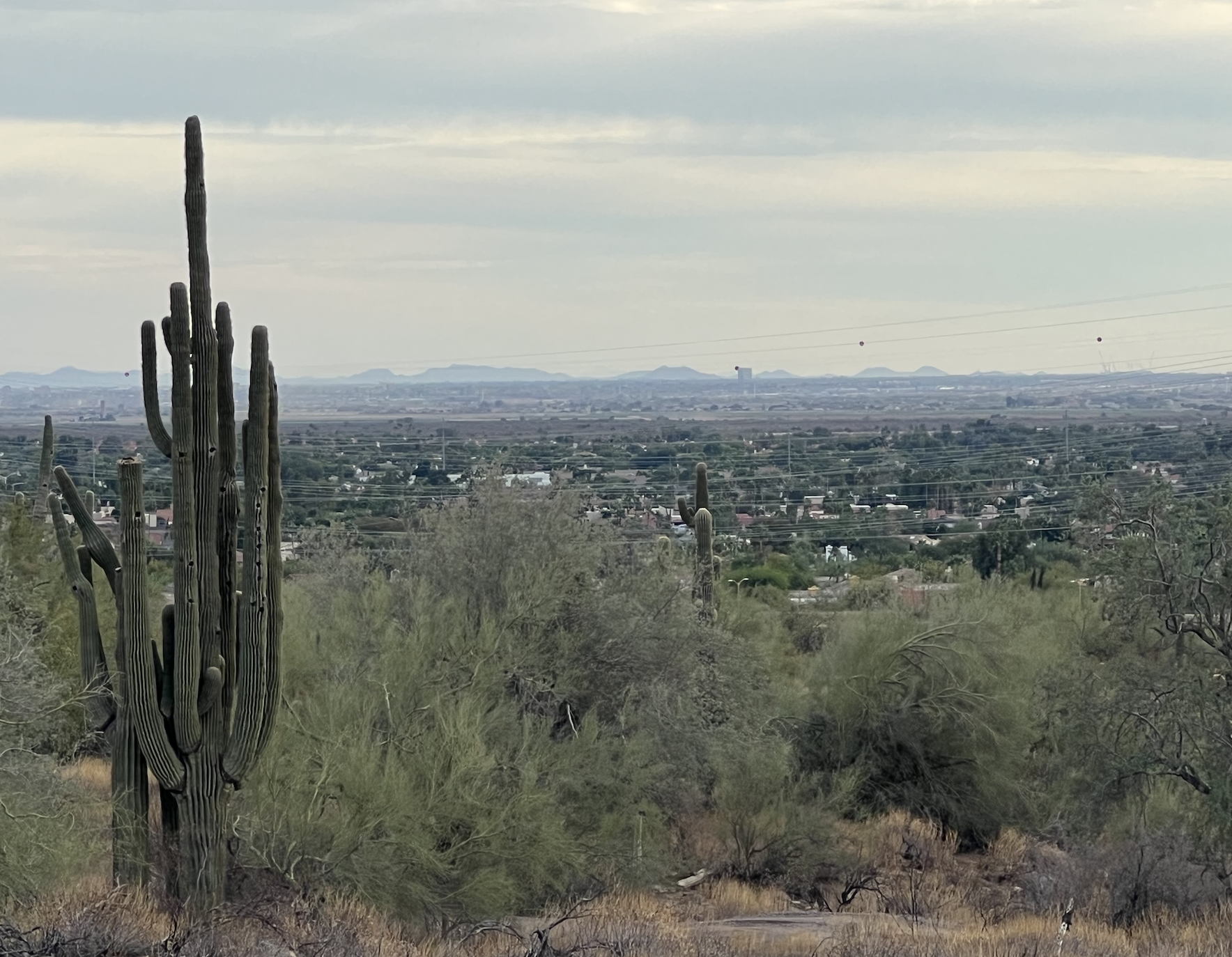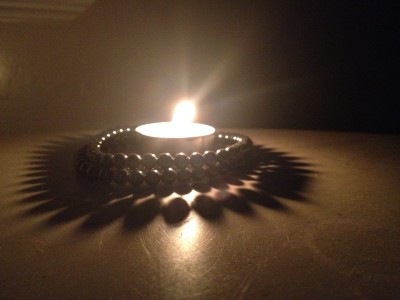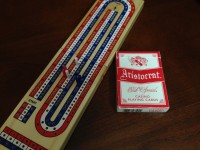One simple comment that I heard in January from a friend continues to reprioritize how I am thinking about all of my event and meeting designs.
It was Phil Cass, former CEO of four related health organizations in Columbus, Ohio that shared, “Unless the inner changes, the inner state of the leader, there is not much that changes or sticks in the outer programs. The programs come and go, each with their value. But there is no getting around the need for inner change.”
A few simple paragraphs that I’m rereading in Pema Chodron’s book, “Living Beautifully With Uncertainty and Change” are providing the most simple narrative I can find for entering that inner change. They are about relating to the impermanent. Try these:
- “…as a way of relating to the impermanent, ever-shifting nature of our life experience, as a way of using our everyday experience to wake up, perk up, lighten up, and be more loving and conscious of other beings.”
- “…it’s not impermanence per se, or even knowing we’re going to die, that is the cause of our suffering, the Buddha taught. Rather, it’s our resistance to the fundamental uncertainty of our situation.”
- “…the fixed identity is the cause of our suffering. Looking deeper, we could say that the real cause of suffering is not being able to tolerate uncertainty — and thinking that it’s perfectly sane, perfectly normal, to deny the fundamental groundlessness of being human.”
- “We keep trying to get away from the fundamental ambiguity of being human, and we can’t. We can’t escape it any more that we can escape change, any more than we can escape death.”
I want all of my events to touch some of this level. Even the ones in which I feel nervous because the time is short. Even in the ones in which I feel pressure to be very smart and “deliver” a lot of information. Even in the ones in which I suspect the participants will view a focus on impermanence as a distraction from the real work.
Here’s how I’m experimenting with some of that design. I include a question about mystery or the unknown. “Do you believe there is inherent mystery (uncertainty, unknowables) in the work you are doing? What is that?”
Though I would value digging in to those mysteries, even that isn’t necessary. Just acknowledging that there is mystery, and that this perception is shared, is enough to begin loosening up the inner worlds. And then, the rest of the meeting feels more honest, real, and useful.
Phil’s simple comment is changing how I personally show up, not just the agenda, which I suppose is the point.


 birthday a few months prior. On a coffee table in the middle of the room, sat my cribbage board. Along with a plate of cheese and crackers and some sliced sausage. Fun snacks that we were all enjoying. Most of our group was gathered around that table enjoying each others’ company. One of my mom’s friends, my friend too, had a knife on the table and pretended to stab my new cribbage board. I didn’t like that idea, though he was only joking. “Hey, that’s my crib board. Don’t!” I said as I impulsively reached to grab my board. Unfortunately, I reached right into the path of the knife. This friend sliced the top of my finger, nearly cutting off the tip.
birthday a few months prior. On a coffee table in the middle of the room, sat my cribbage board. Along with a plate of cheese and crackers and some sliced sausage. Fun snacks that we were all enjoying. Most of our group was gathered around that table enjoying each others’ company. One of my mom’s friends, my friend too, had a knife on the table and pretended to stab my new cribbage board. I didn’t like that idea, though he was only joking. “Hey, that’s my crib board. Don’t!” I said as I impulsively reached to grab my board. Unfortunately, I reached right into the path of the knife. This friend sliced the top of my finger, nearly cutting off the tip.